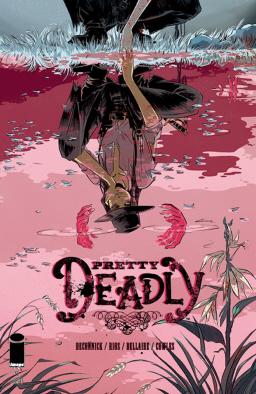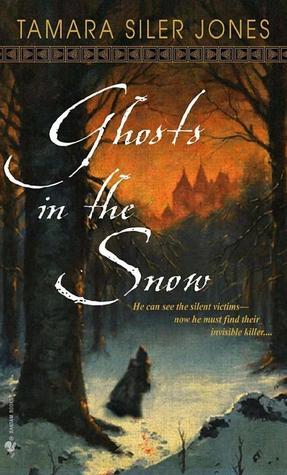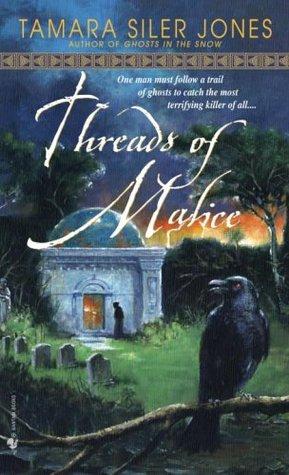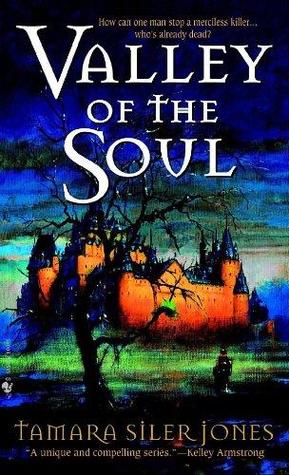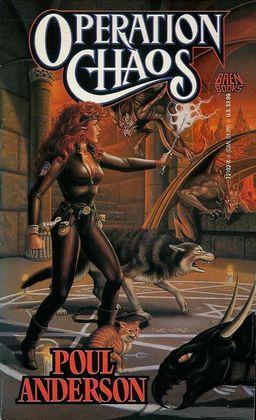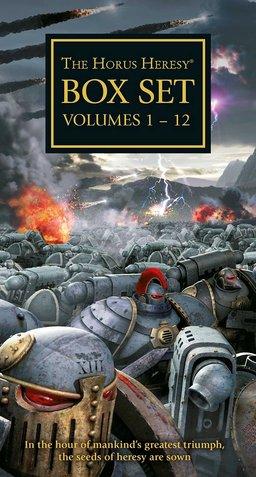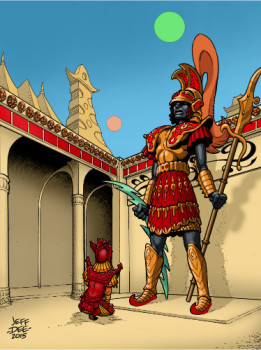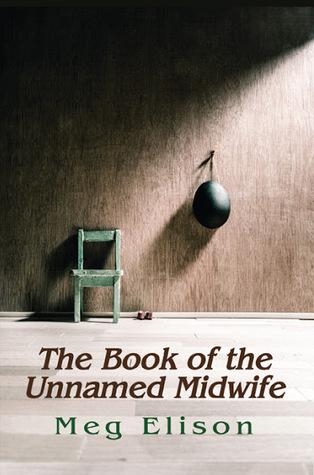Marko Kloos and Annie Bellet Withdraw From the Hugo Ballot
 The drama over the 2015 Hugo nominations continues.
The drama over the 2015 Hugo nominations continues.
Earlier today 11-time Hugo Award winner Connie Willis refused to present the Campbell Award at this year’s ceremonies, saying “If I did, I’d be collaborating with [Vox Day and his followers] in their scheme.”
And later today, two authors whose works were included in Vox Day’s Rabid Puppies slate both declined their Hugo nominations. Annie Bellet, whose “Goodnight Stars” was nominated for Best Short Story, wrote:
I don’t want to stand in a battlefield anymore. I don’t want to have to think over every tweet and retweet, every blog post, every word I say. I don’t want to cringe when I open my email. I don’t want to have to ask friends to google me and read things so that I can at least be aware of the stuff people might be saying in my name or against my name. This is not why I write. This is not the kind of community I want to be a part of, nor the kind of award I want to win…
Maybe someday I will get to sit in a pretty dress next to my mother and know that if I lose the rocket, it will be because someone wrote a story that resonated more than mine. To know that I will lose to a person and not a political fight. To sit there and know if I lose, no one will cheer. And if I win, no one will boo. Perhaps someday I can win this award for the right reasons and without all the pain.

